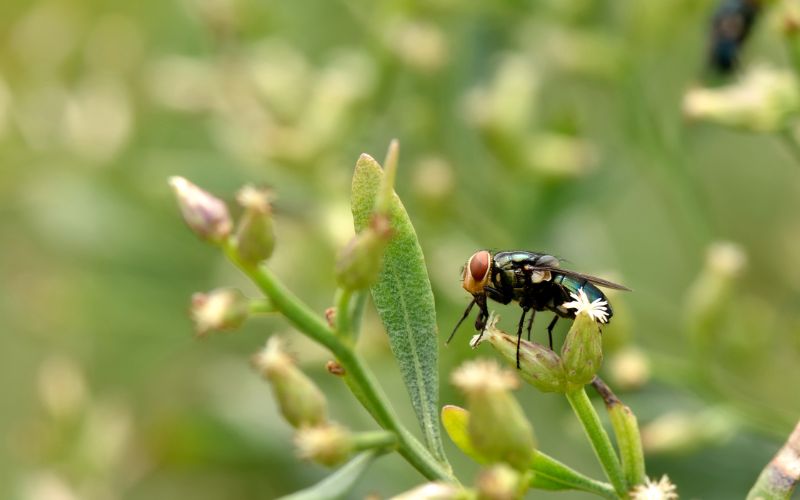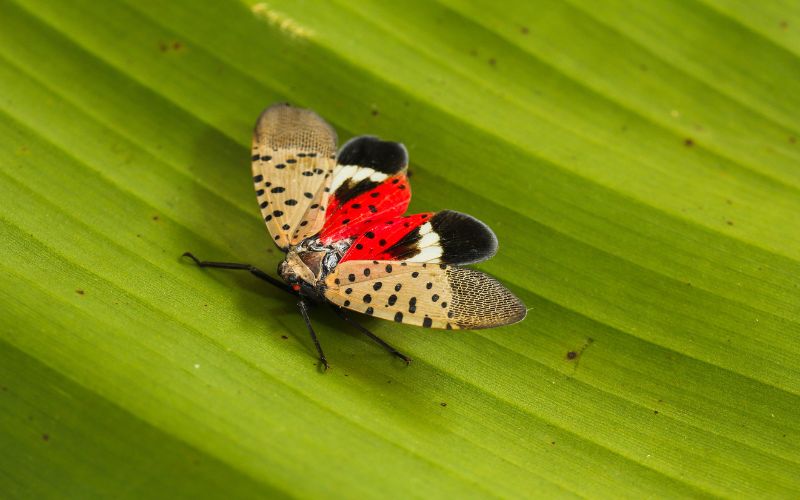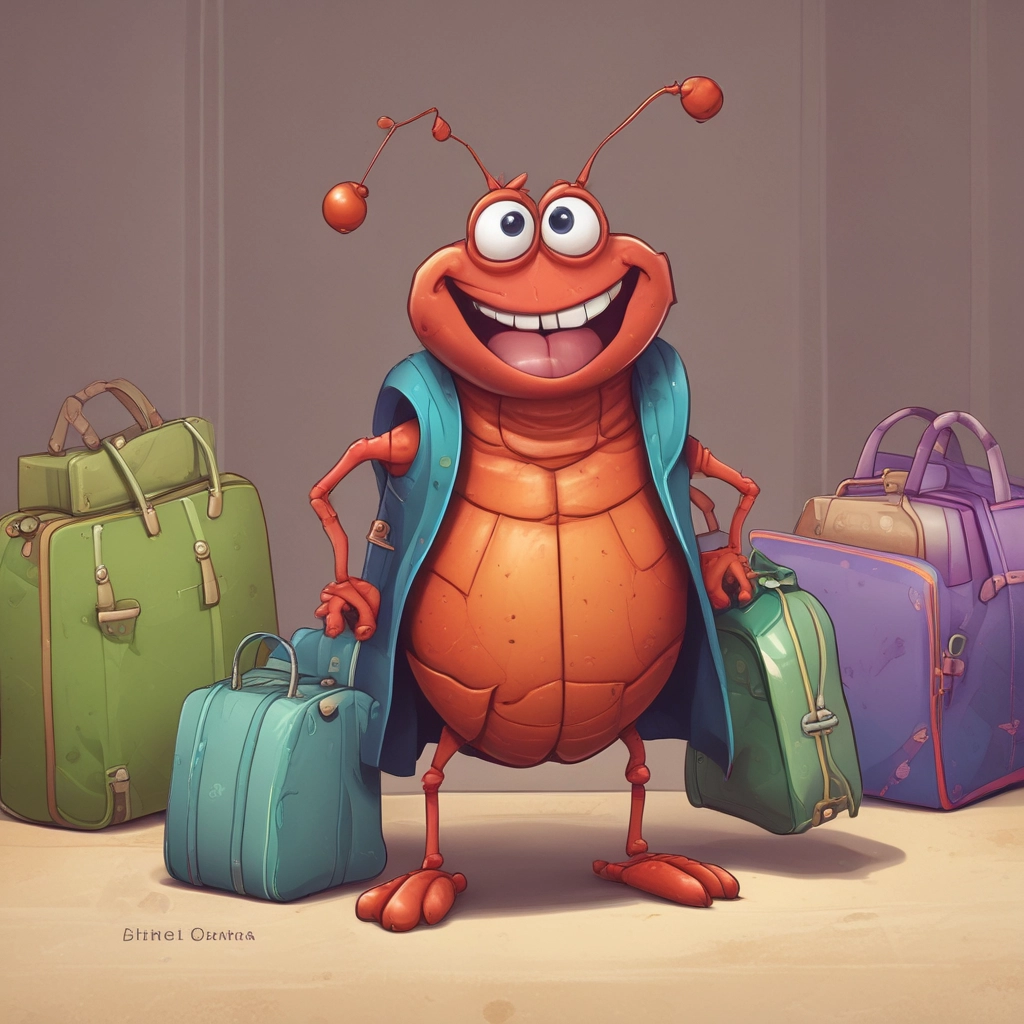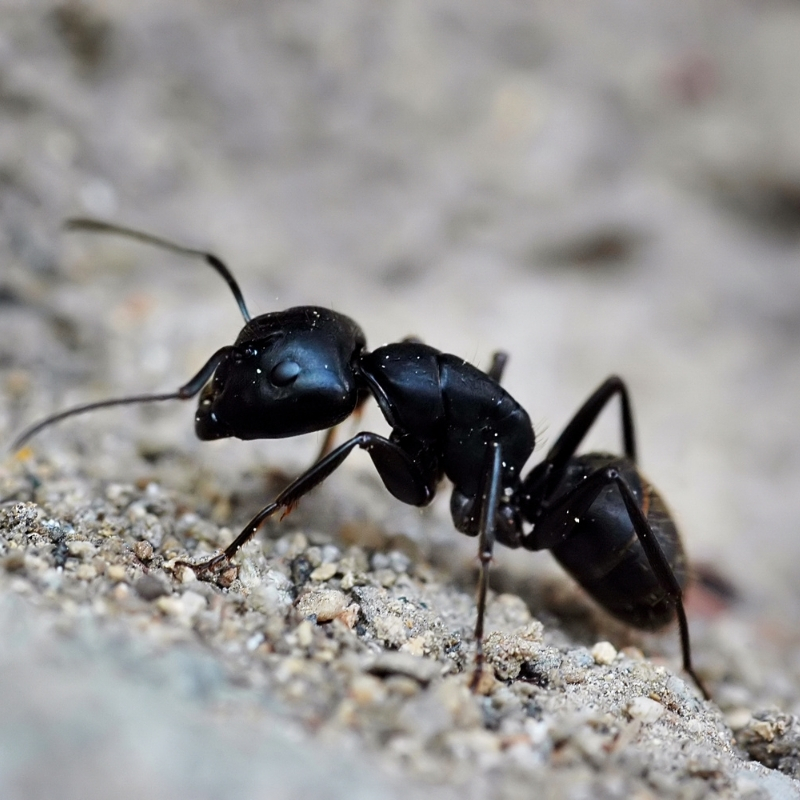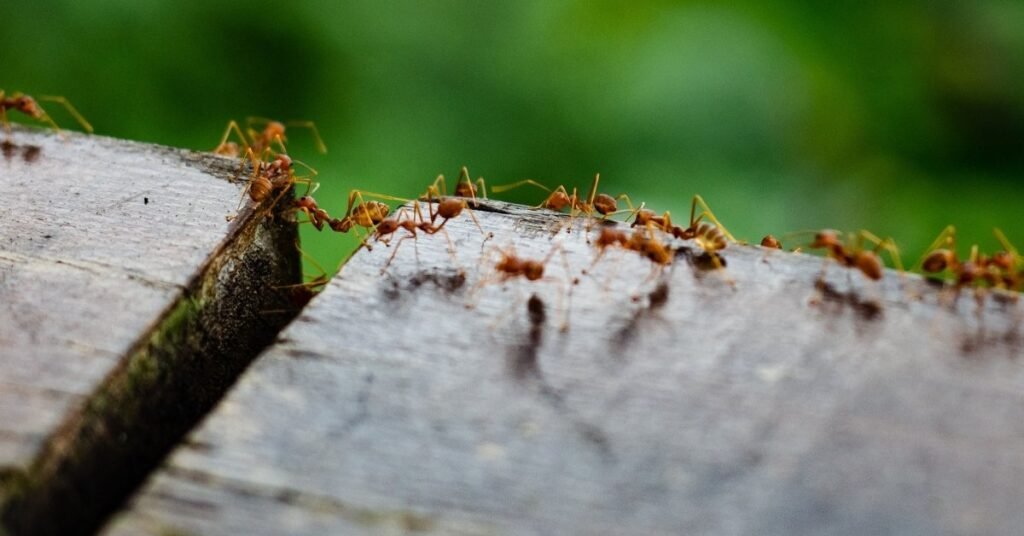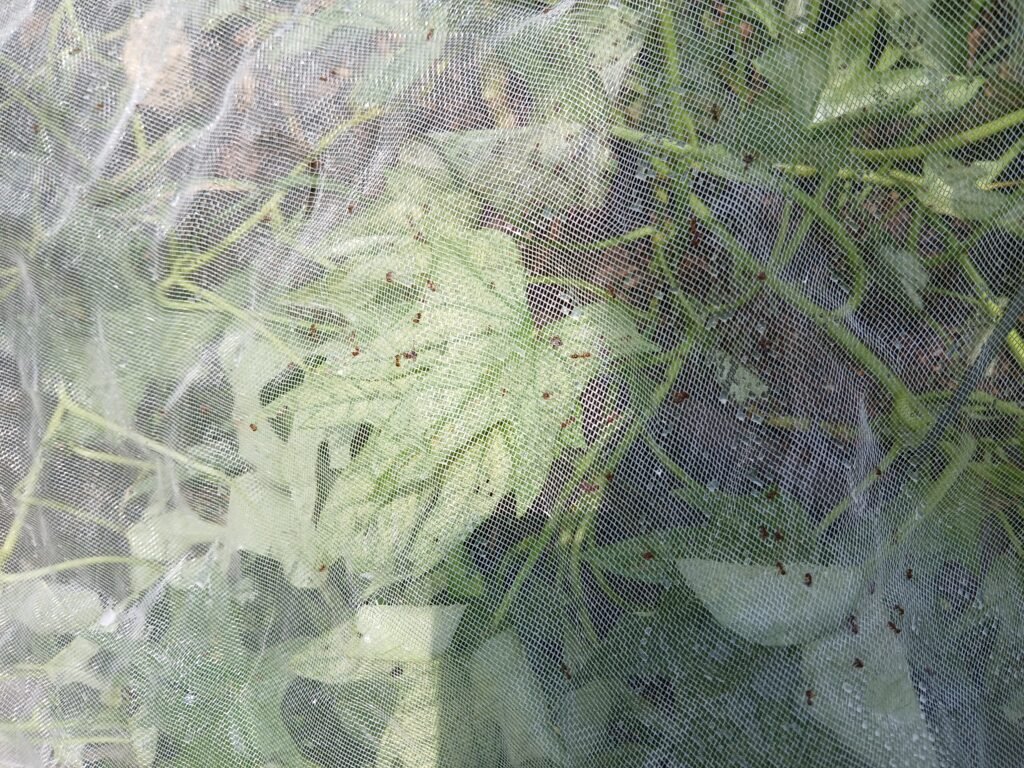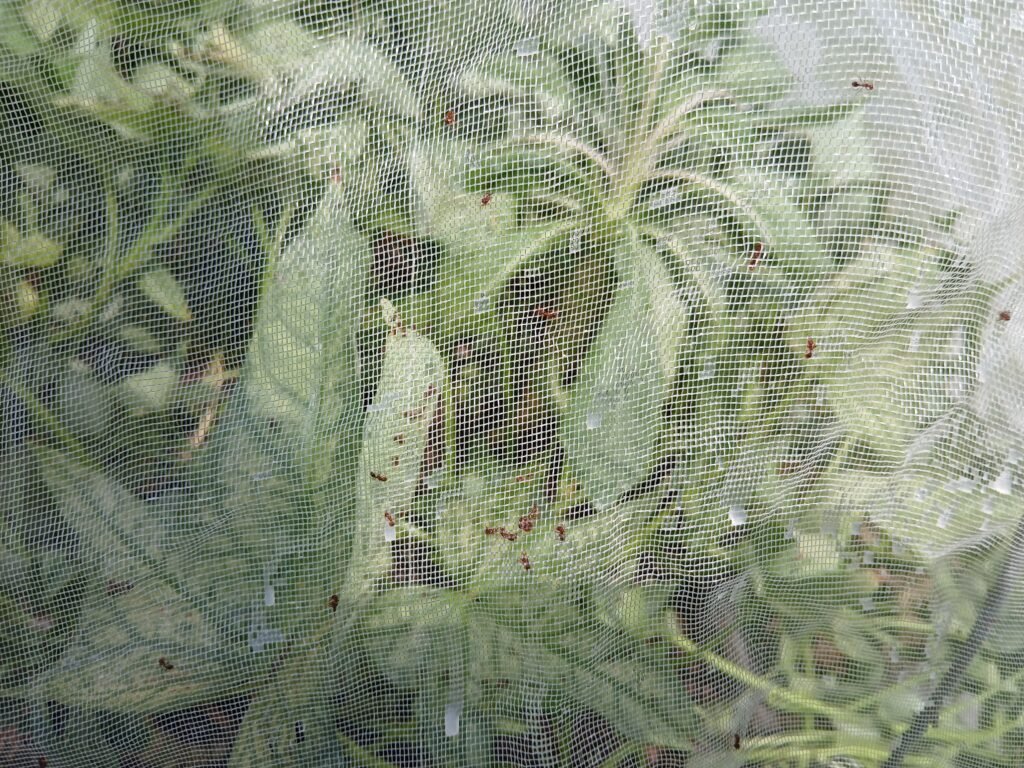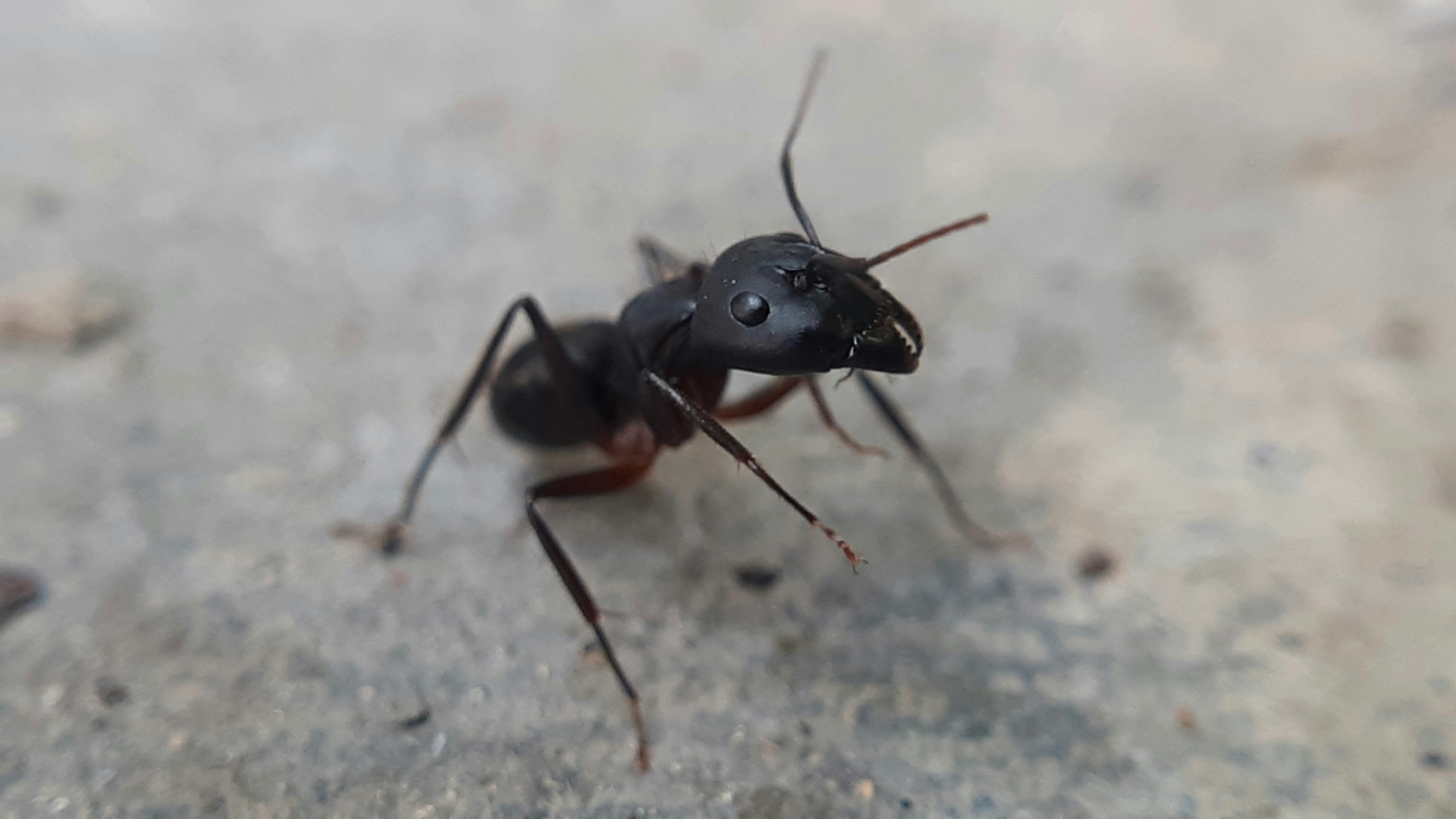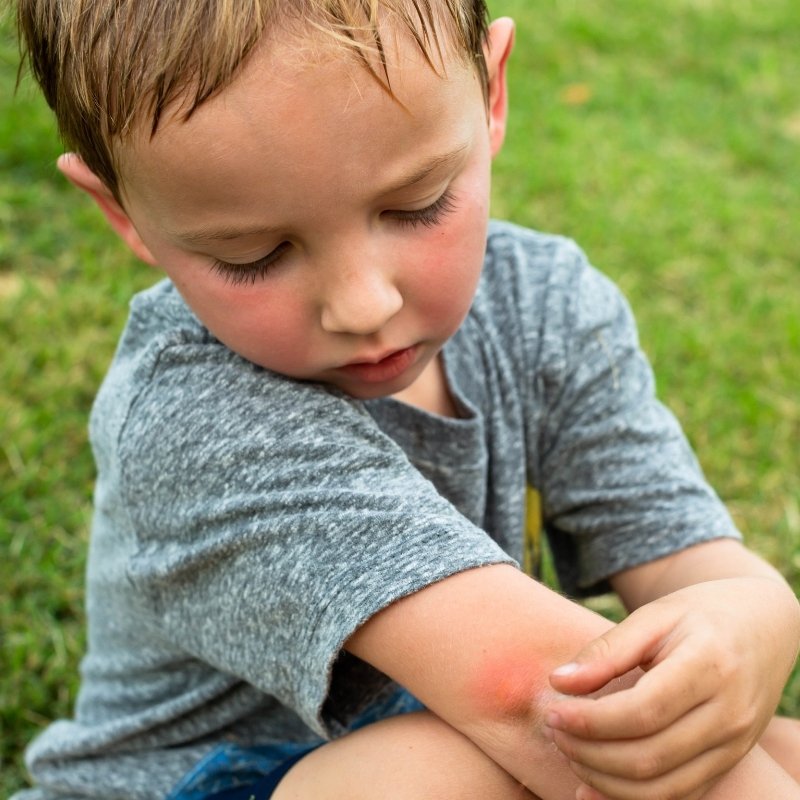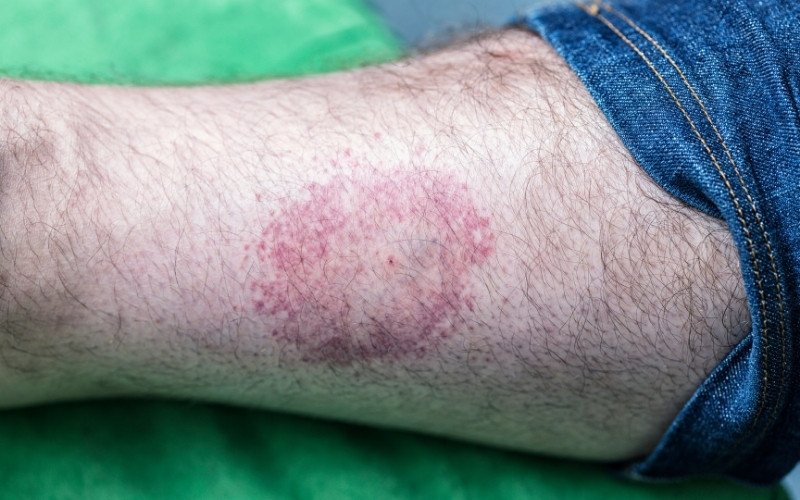Halloween is here! The air is crisp, the pumpkins are carved, and the kids are buzzing with excitement for their costumes and candy.
But while you’re focused on ghosts, goblins, and ghouls, there’s a real-life creepy crawly you need to look out for: the bed bug.
Don’t Let Bug Bites Cause the Halloween Scaries
Bed bugs are the ultimate party crashers. They’re masters of disguise, hitchhiking on everything from costumes to treat bags. But don’t let these uninvited guests ruin your holiday.
As the defensive end for your family, you can run a masterful BLITZ on these pests and keep your home a bed bug-free zone.
The Spooky Spaces: Where Pests Hide
Halloween and other fall festivities involve a lot of crowded, communal spaces where bed bugs love to lurk. Here’s where your defensive instincts need to be on high alert:
- Costume Parties & Trunk-or-Treats: Kids are in close contact, and costumes get piled up. A bed bug can easily scurry from one jacket or cloak to another.
- Pumpkin Patches & Hayrides: Hay and fabrics on hayride wagons can be perfect hiding spots for pests. If you bring a blanket for a hayride, it’s a prime target.
- Haunted Houses: Upholstered furniture in waiting areas and the dark corners of a haunted house can harbor pests waiting for their next ride.
- Trick-or-Treating: The very act of visiting multiple homes and interacting with other trick-or-treaters creates an opportunity for bed bugs to hop onto clothing, shoes, and especially trick-or-treat bags.
- Car-Pooling: Since Halloween is often geared towards kids, parents who haul around their children’s friends may be shocked to find bedbugs from passengers riding in their car after they drop them off.
Your Game Plan to “Ghost” Bed Bugs

Just like you would with back-to-school season, a few simple defensive plays can make all the difference.
- The “Ghostly” Shake-Down: Before bringing any Halloween items inside, give them a good shake-down outdoors. This is especially important for fabric costumes, reusable trick-or-treat bags, and jackets worn to parties. A quick shake can dislodge any unwanted hitchhikers.
- The “Witch’s” Brew Wash: As soon as you can, toss all washable Halloween costumes, jackets, and fabrics into the washing machine. Wash them in the hottest water the fabric can handle and follow up with a high-heat dry cycle. High heat is the kryptonite for bed bugs and their eggs.
- The Final BLITZ: For items that can’t go in the wash—think plastic trick-or-treat buckets, costume accessories, or shoes—you need a different approach. That’s where BLITZ all-natural bed bug spray comes in. Our formula is your secret weapon, designed to target and kill pests on contact. A quick spray on the seams of shoes and the hard surfaces of costume props is your final line of defense against these creepy crawlies.
Don’t let the fear of bed bugs steal the joy of Halloween. With a smart game plan and the right tools, you can ensure the only things haunting your home are good memories and leftover candy.



